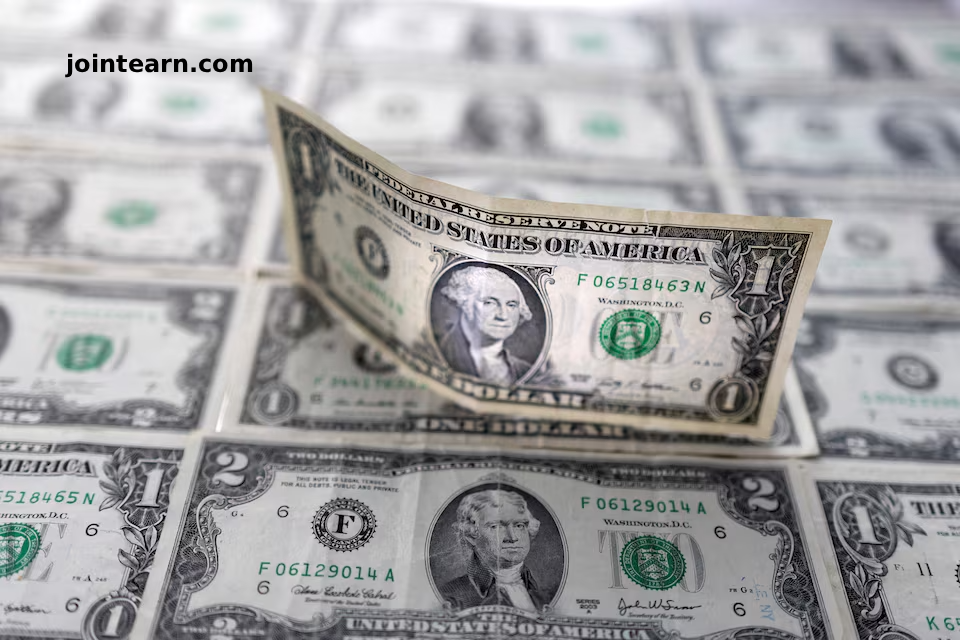
The Swiss franc and U.S. dollar maintained strength on Wednesday as risk aversion rippled through Asian markets, while safe-haven flows eased by the European morning. After spiking to its highest level since April 1 at the close of Tuesday trading, the dollar held steady, and the Swiss franc remained elevated.
Asian equities fell sharply following a tech-led sell-off on Wall Street, with Japan’s Nikkei dropping 4.7% and South Korea’s KOSPI down 6.2%. Investors sought refuge in traditional safe-haven currencies, boosting the yen briefly by 0.5% before it stabilized at 153.62 per dollar. The franc rose 0.2% against the dollar, trading at 0.8090 per greenback.
The Australian dollar recovered from a 0.5% decline to a multi-week low, while the New Zealand dollar bounced back 0.3% from a seven-month trough, exacerbated by the nation’s highest unemployment rate since 2016. The Kiwi dollar also briefly fell to a 12-year low versus the Australian dollar.
Meanwhile, sterling struggled near a seven-month low at $1.3026 after U.K. Finance Minister Rachel Reeves signaled potential tax increases in the upcoming budget.
Michael Brown, senior research strategist at Pepperstone, described the market mood as a “pause for breath” rather than a shift against bullish investors, noting that “dips remain buying opportunities.”
The dollar index, which tracks the greenback against six major currencies including the yen, franc, euro, and sterling, remained steady at 100.16 after peaking at 100.25 at Tuesday’s close. Dollar strength was supported by safe-haven inflows and fading bets on near-term Federal Reserve interest rate cuts amid ongoing debate within the Fed.
Cryptocurrency markets also showed recovery, with Bitcoin rebounding 1.5% to around $101,800 after falling 6.1% to below $99,000 on Tuesday, its first dip below $99,000 since June.
Investors are now awaiting private ADP payrolls data amid a record-long U.S. government shutdown, which has constrained the release of official macroeconomic reports.


Leave a Reply